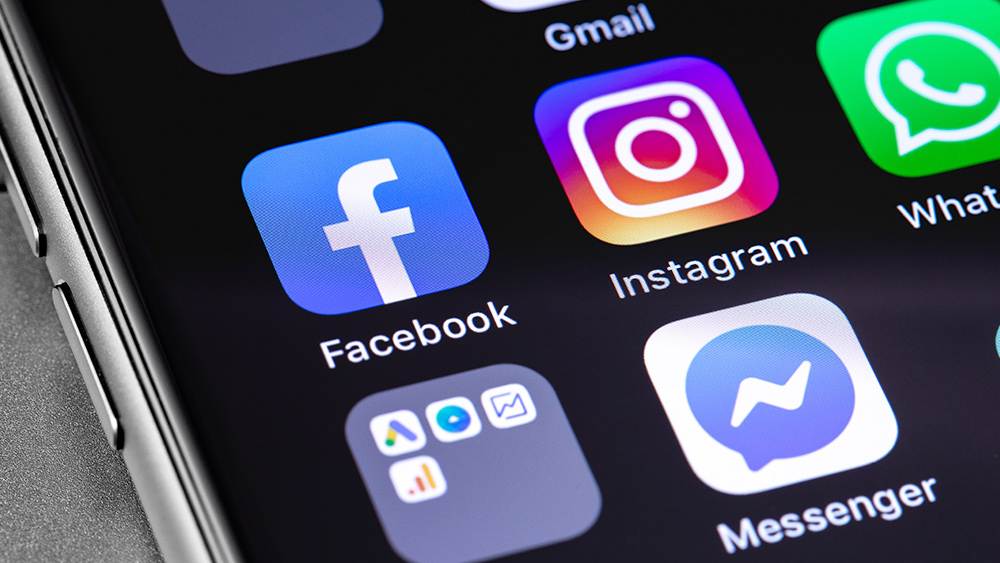
A new study finds that psilocybin, the active ingredient in “magic mushrooms,” may restart the brain and relieve depression, as reported by The Daily Mail.
Researchers from the Imperial College London studied 20 participants with depression, all of whom were unresponsive to traditional antidepressants. They recruited participants from this group to take psilocybin; 19 out of the 20 participants were given two doses of psilocybin.
As the team interviewed the participants, some of them reported that they felt their brains were “rebooted.”
Robin Carhart-Harris, head of psychedelic research at the college, said that one patient detailed that his brain felt like it underwent a defragmentation process similar to a computer hard drive. He also explained that the effect of psilocybin on the default network is similar to “taking a system and temporarily scrambling it, then allowing it to reform.”
Carhart-Harris and his team took scans of the participants' brains before and after the psilocybin treatment. They discovered that the default network mode of the study subjects were in a more stable condition after the treatment.
The effect of the psilocybin reached its maximum potential after five weeks, however, the scientists still saw improvement in the participants for up to six months. They saw that the effect of the treatment began right away, compared to the traditional medications that usually take two to four weeks before taking noticeable effects. In addition, Carhart-Harris said that the participants were not in a manic state after the psilocybin treatment. (Related: Antidepressants simply don't work on most patients, study finds.)

“They don't talk about or show loose, unrealistic thinking. They're quite balanced, calm and normalized,” he said.
The study was conducted as a composite treatment, in which the active ingredient treatment was combined with psychotherapy.
“The drug works to open a window of opportunity, and if in that window we provide a comfortable setting and empathetic [therapists] are with them to guide them through the experience, it can help them to get better,” Carhart-Harris expressed.
However, the researchers noted that almost half of the patients experienced difficult or awful situations during their treatment, but felt “relief” afterwards.
“If you want to get really fit, you might have to go for a bit of pain in order to get really fit. Maybe the same thing is true for mental health,” he said, comparing psilocybin treatment to physical exercise.
“This isn't magic or some kind of wishful thinking on part of the researchers, we can see its effects,” Carhart-Harris said.
The study also revealed that psilocybin and other psychedelics have the potential to be used for treating alcoholism and addictions, yet use of psychedelics are still prohibited in most countries.
Earlier studies on magic mushroom and depression
The new research supports the findings of two previous studies that also found the positive effect of psilocybin in patients with anxiety and depression. Both studies, published in the Journal of Psychopharmacology, revealed that a single dose of psilocybin reduced depression and anxiety caused by cancer and its effect can last for up to eight months, as reported by The Guardian.
“I think it is a big deal both in terms of the findings and in terms of the history and what it represents. It was part of psychiatry and vanished and now it's been brought back,” said Stephen Ross, lead author of the New York University (NYU) study and director of addiction psychiatry at NYU Langone Medical Center.
In addition, the results were the same in earlier studies in healthy people.
“In spite of their unique vulnerability and the mood disruption that the illness and contemplation of their death has prompted, these participants have the same kind of experiences, that are deeply meaningful, spiritually significant, and producing enduring positive changes in life and mood and behavior,” said Roland Griffins, professor of the departments of psychiatry and neuroscience and lead author of the Johns Hopkins University study.
Read more news like this at Psychiatry.news.
Sources include:
Please contact us for more information.






















